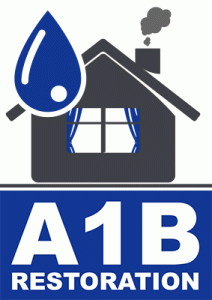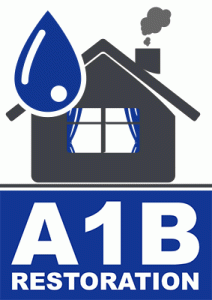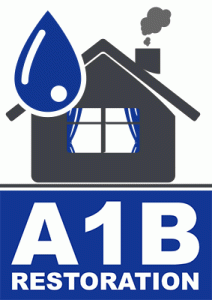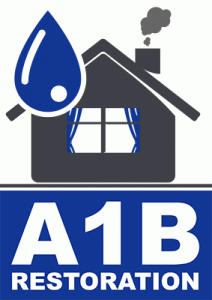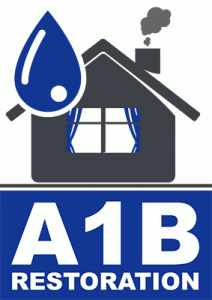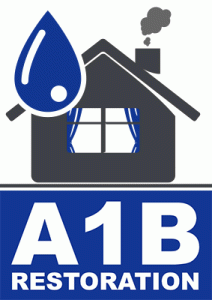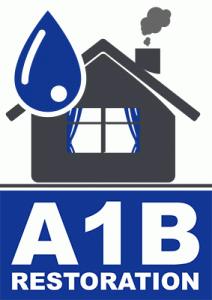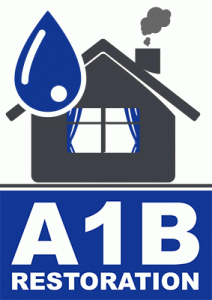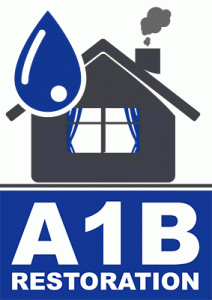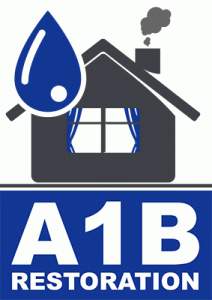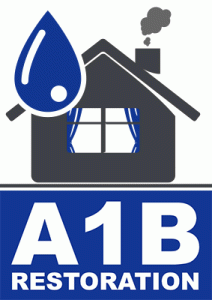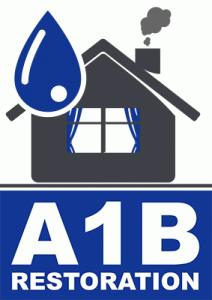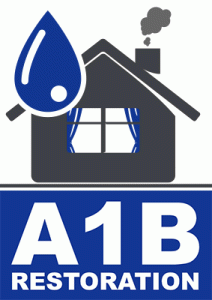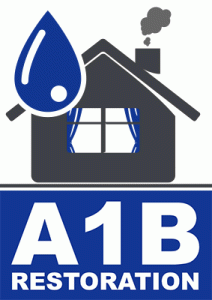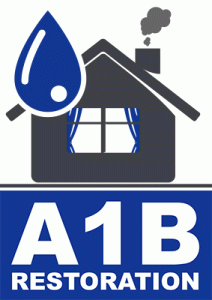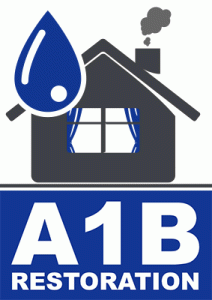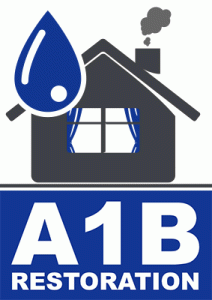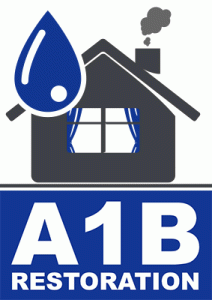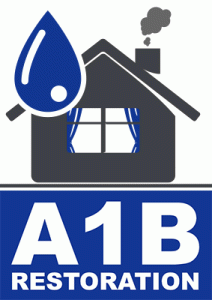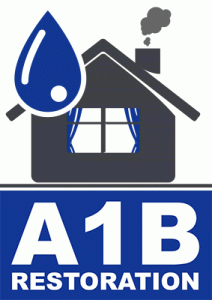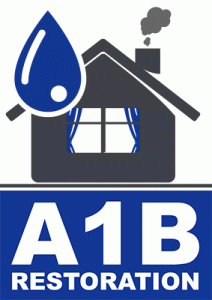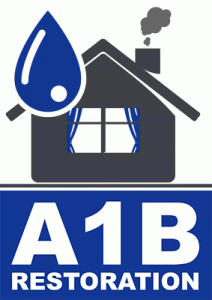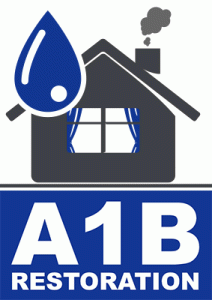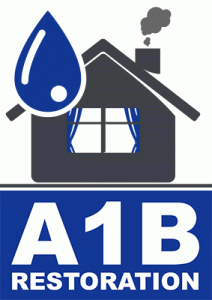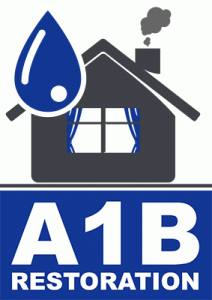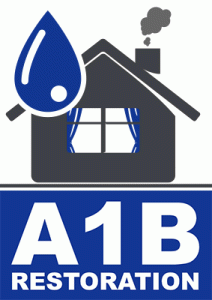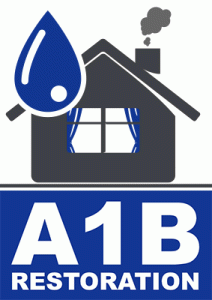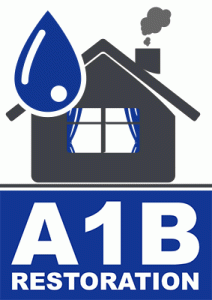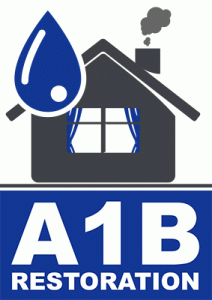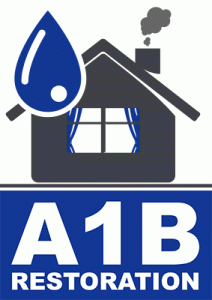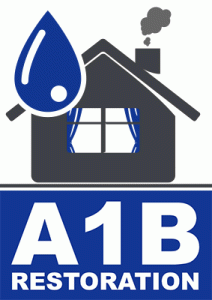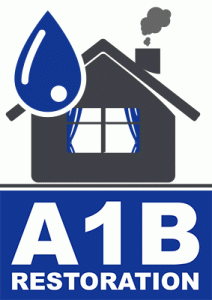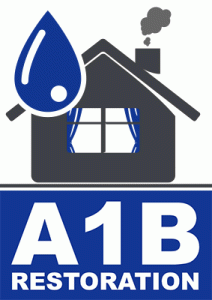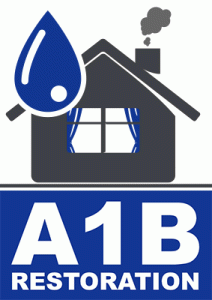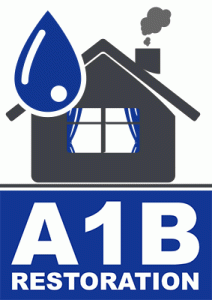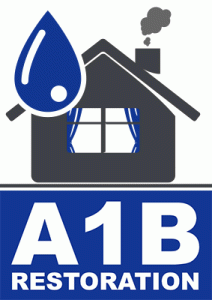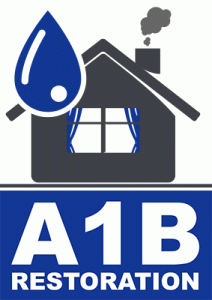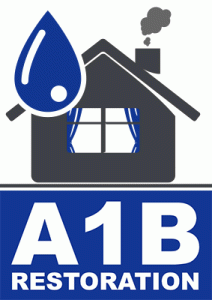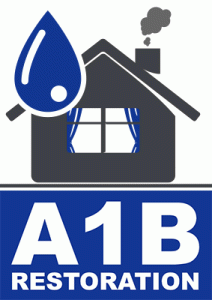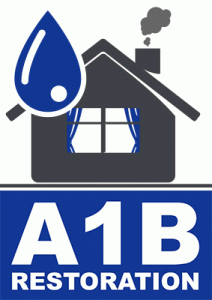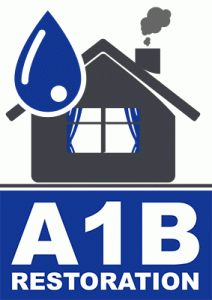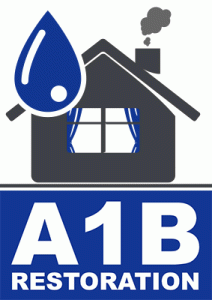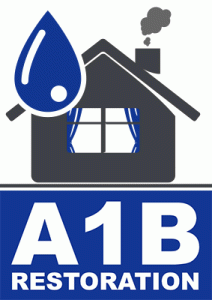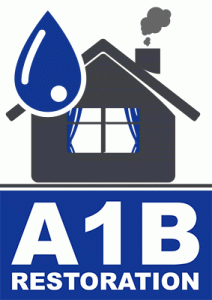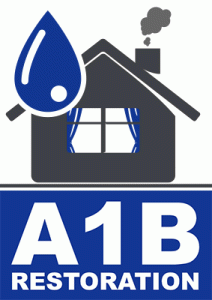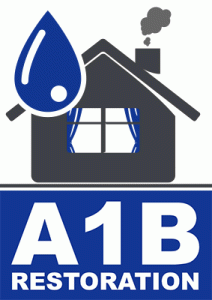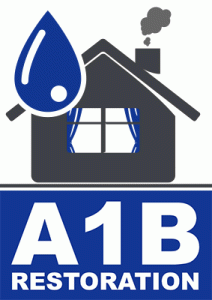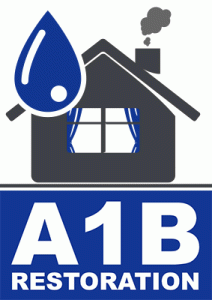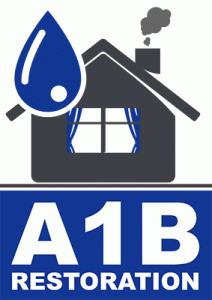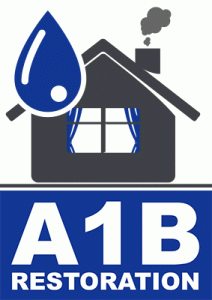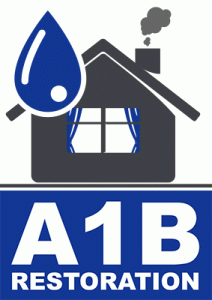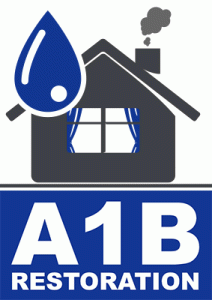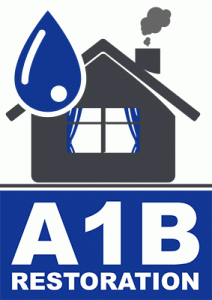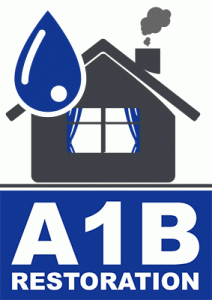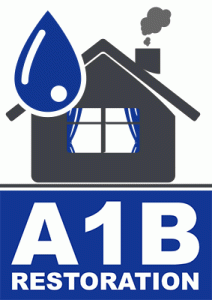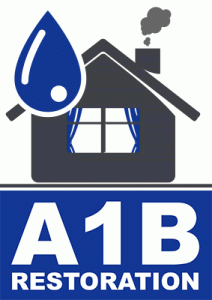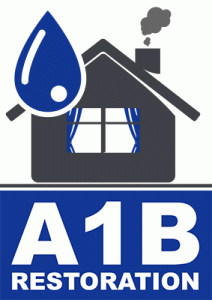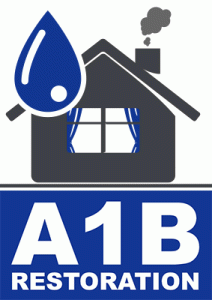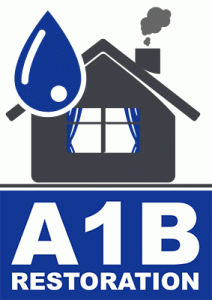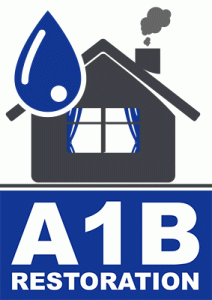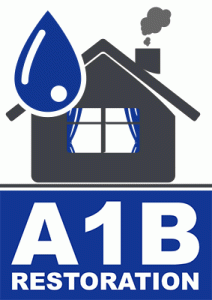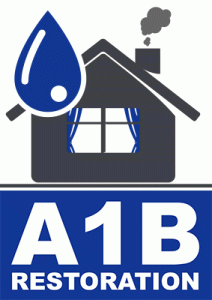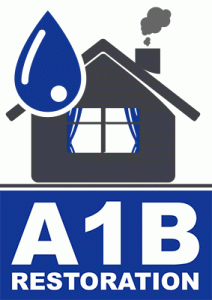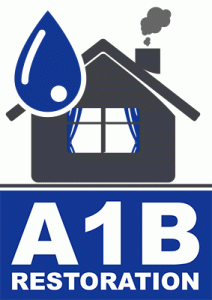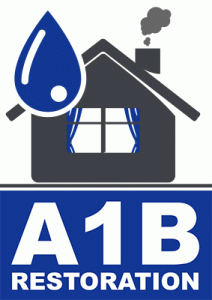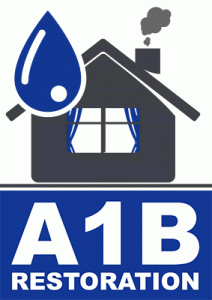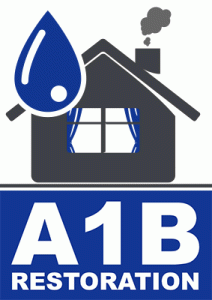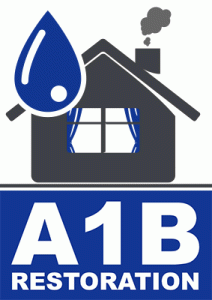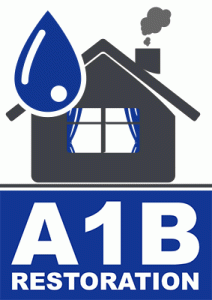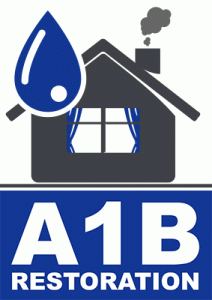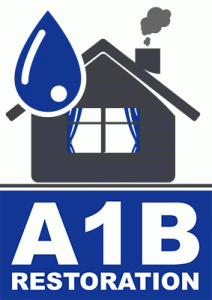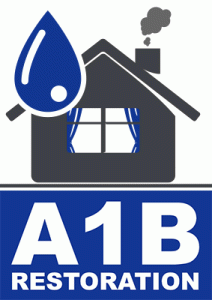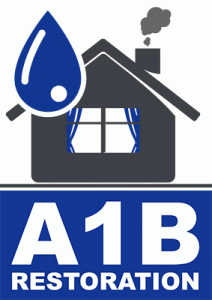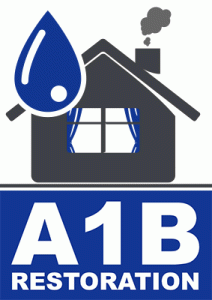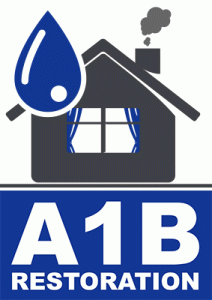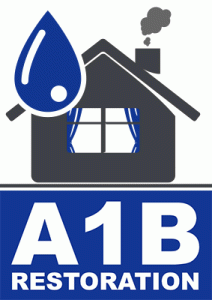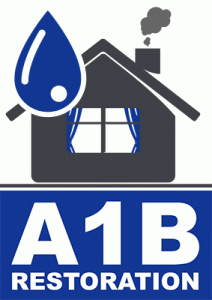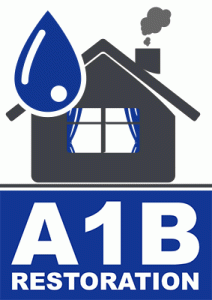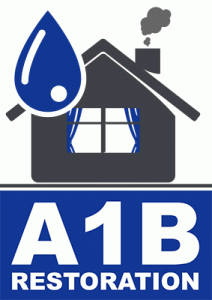Water Damage and Restoration: Frequently Asked Questions
Water damage can be a homeowner’s worst nightmare. Whether caused by a natural disaster, a burst pipe, or an overflowing appliance, the consequences can be severe, leading to structural damage, mold growth, and costly repairs. In this comprehensive guide, we answer some of the most frequently asked questions about water damage and restoration to help you navigate this challenging situation with confidence.
What Causes Water Damage?
Understanding the root causes of water damage is crucial for prevention. Common causes include:
- Natural Disasters: Heavy rainstorms, hurricanes, and floods can lead to significant water intrusion.
- Plumbing Failures: Burst or leaking pipes, malfunctioning water heaters, and clogged drains can result in indoor flooding.
- Appliance Malfunctions: Dishwashers, washing machines, and refrigerators with faulty hoses or seals can leak.
- Roof Leaks: Damaged or missing shingles and poor drainage can lead to water seeping into your home.
According to the Insurance Information Institute, water damage accounts for about 23% of all homeowner insurance losses. Therefore, being proactive in maintaining your home can save you time and money.
What Are the Signs of Water Damage?
Early detection is key to minimizing damage. Look out for these warning signs:
- Stains on Ceilings and Walls: Discolored patches may indicate a hidden leak.
- Musty Odors: A persistent damp smell could mean mold growth.
- Peeling Paint or Wallpaper: Excess moisture can cause finishes to degrade.
- Warped or Buckled Floors: Water can cause wood to swell and warp.
If you notice any of these signs, it’s crucial to act quickly to prevent further damage.
How Can Water Damage Affect Your Health?
Beyond structural issues, water damage can pose serious health risks. Mold growth is a common consequence of water damage, and exposure to mold can lead to respiratory problems, allergic reactions, and other health issues. The Centers for Disease Control and Prevention (CDC) advises homeowners to address water damage within 24-48 hours to prevent mold growth.
Additionally, standing water can become a breeding ground for bacteria and pests, further compromising indoor air quality.
What Steps Should You Take Immediately After Water Damage?
Acting swiftly can significantly reduce the extent of the damage. Here’s a step-by-step guide:
1. Ensure Safety First
Before entering a water-damaged area, ensure that the electrical power is turned off to avoid the risk of shock. Wear protective gear such as gloves and boots to prevent contact with contaminated water.
2. Stop the Source of Water
If the water damage is due to a plumbing issue, turn off the main water supply to halt further intrusion.
3. Document the Damage
Take photographs and videos of the affected areas and damaged items. This documentation will be valuable when filing an insurance claim.
4. Remove Excess Water
Use a wet/dry vacuum, mop, or towels to remove standing water. Dehumidifiers and fans can help dry out the space more effectively.
5. Contact Your Insurance Company
Report the incident to your homeowner’s insurance provider as soon as possible. They can guide you on the next steps and help you understand your coverage.
Do You Need Professional Water Damage Restoration Services?
While minor water damage can sometimes be managed with DIY methods, professional restoration services offer several advantages:
- Advanced Equipment: Professionals use industrial-grade equipment for water extraction, drying, and dehumidification.
- Expertise: Restoration experts can assess the extent of the damage and develop a comprehensive plan to restore your home.
- Mold Prevention: Professionals can identify and treat areas at risk for mold growth effectively.
Hiring a reputable restoration company can save you time, reduce stress, and ensure a thorough cleanup.
How Long Does the Water Damage Restoration Process Take?
The duration of the restoration process depends on several factors, including the extent of the damage, the size of the affected area, and the drying time required. On average, the process can take anywhere from a few days to several weeks.
Initial Water Extraction: This phase usually takes a few hours to a day.
Drying and Dehumidification: This can take 3-5 days, depending on the humidity levels and the extent of saturation.
Repairs and Restoration: Structural repairs and mold remediation can extend the timeline, especially if significant reconstruction is needed.
How Can You Prevent Future Water Damage?
Prevention is always better than cure. Here are some actionable tips to prevent future water damage:
- Regular Inspections: Conduct routine inspections of your plumbing system, roof, and appliances to identify potential issues early.
- Install Water Leak Detectors: These devices can alert you to leaks before they cause significant damage.
- Maintain Gutters and Downspouts: Ensure they are free of debris to promote proper drainage away from your home.
- Seal Cracks and Gaps: Use waterproof sealants to address any cracks or gaps in your home’s foundation or exterior walls.
Conclusion
Water damage is a serious issue that requires prompt attention and action. By understanding the causes, recognizing the signs, and following the appropriate steps, you can minimize the impact on your home and health. Remember, professional water damage restoration services can be invaluable in ensuring a thorough and effective recovery process.
For more information and resources on water damage and restoration, consider visiting websites such as the EPA’s Mold page or the FEMA website for disaster recovery tips.

water damage restoration services near me Southlake Texas
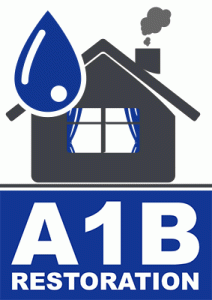
water damage restoration services near me Carrollton Texas
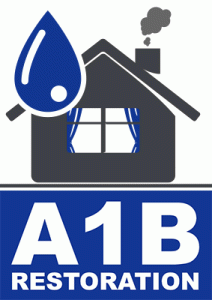
Lake Highlands Dallas Texas water damage companies
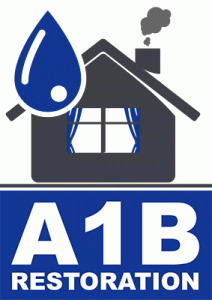
water damage restoration services near me Murphy Texas
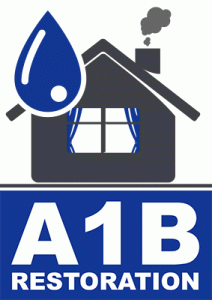
restoration services water damage Colleyville Texas

Murphy Texas water damage restoration service near me

Burst Pipes

Crowley Texas water damage restoration service near me

Colleyville Texas water damage restoration near me

Lakewood Dallas Texas water damage restoration near me
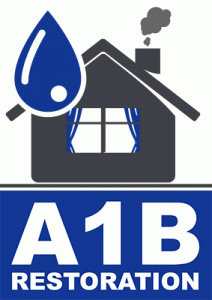
Coppell Texas water damage restoration service near me

Lewisville Texas water damage restoration service near me

Carrollton Texas water damage restoration service near me
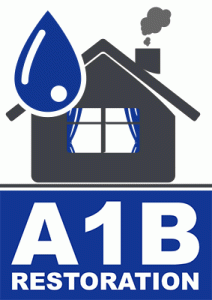
Cedar Hill TX water damage restoration companies
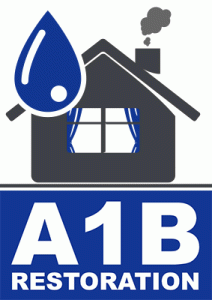
Plano TX water damage restoration companies near me

Grand Prairie TX water damage restoration services
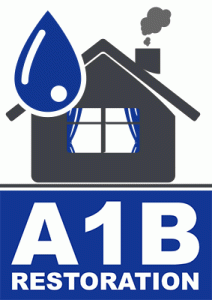
North Richland Hills TX water damage restoration companies near me
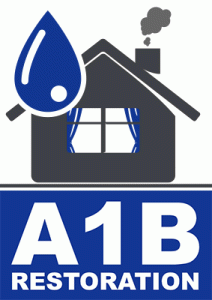
Grand Prairie TX water damage restoration companies

water damage restoration cost Highland Park Texas
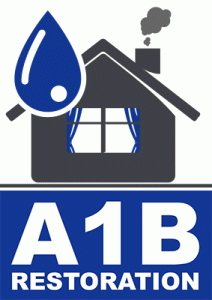
best water damage restoration near me Lakewood Dallas Texas
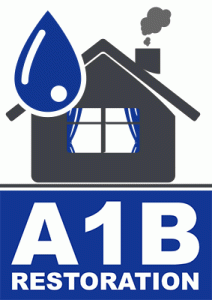
water damage companies near me Lakewood Dallas Texas
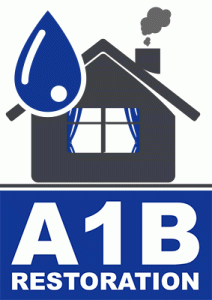
best water damage restoration near me Lake Highlands Dallas Texas
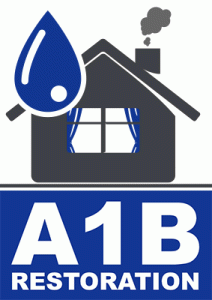
best water damage restoration near me Preston Hollow Dallas Texas
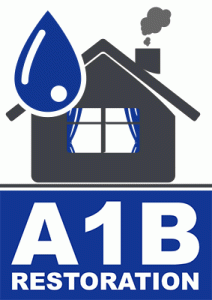
water damage restoration services near me Crowley Texas
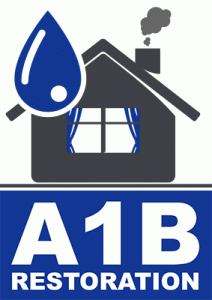
water damage restoration service North Richland Hills Texas
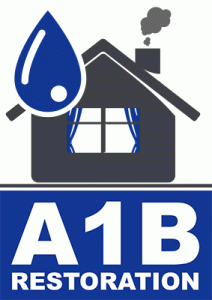
water extraction company North Richland Hills Texas
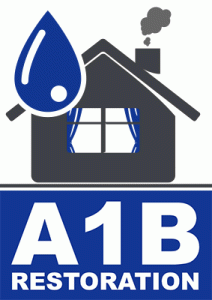
best water damage restoration near me Carrollton Texas

water remediation company near me Lakewood Dallas Texas
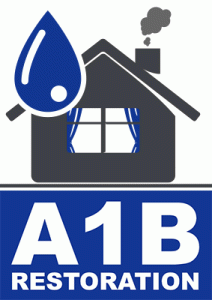
best water damage restoration near me Addison Texas

water damage restoration services near me Carrollton Texas
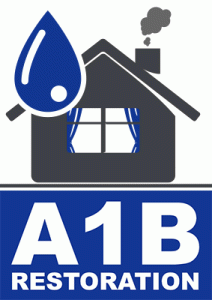
best water damage restoration near me Grapevine Texas

water damage and restoration companies Carrollton Texas
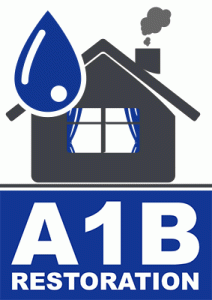
best water damage restoration near me DeSoto Texas
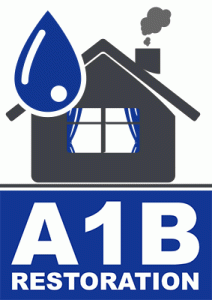
restoration services water damage Lewisville Texas
